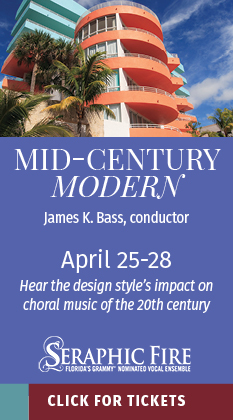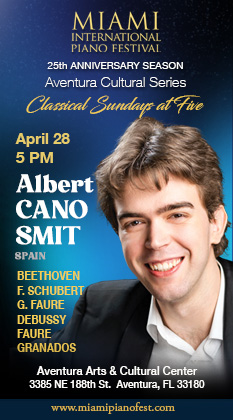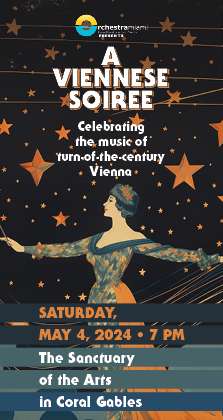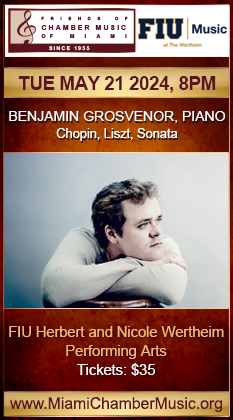Tetzlaff’s dazzling Bartok sparks New World Symphony, as the orchestra settles in to new home
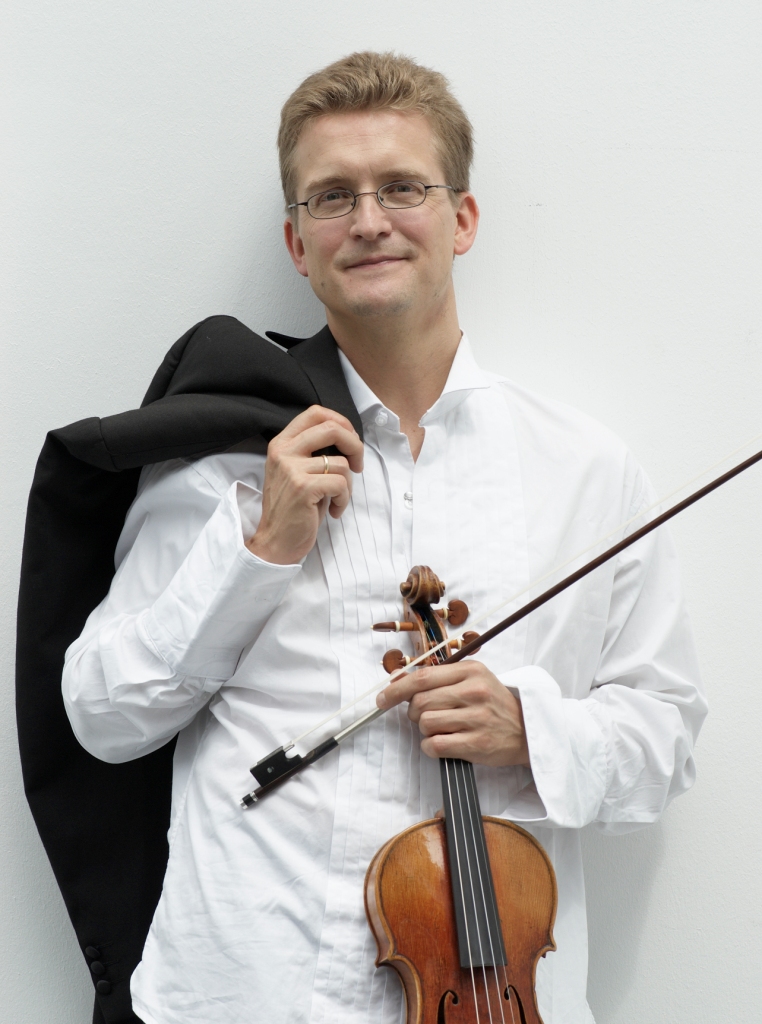
Christian Tetzlaff performed Bartok's Violin Concerto No. 2 Saturday night with Michael Tilson Thomas and the New World Symphony.
The German violinist Christian Tetzlaff ripped through Bartók’s Violin Concerto No. 2 Saturday with the New World Symphony, with a committed, dazzling—at times hair-raising—performance, as the orchestra got down to business in its new hall in Miami Beach.
Tetzlaff, who performs the concerto next month at Carnegie Hall with the Boston Symphony Orchestra, drew out every strand of this big concerto’s elements–rhapsodic in the soaring melodies after the first movement cadenza, quiet and searching in the eerie second movement, and brilliant in the last. At one point he played a frantic series of ascending chords against a choir of tones in the brass, playing at a speed, volume and intensity that just skirted the edge of control. His mastery of the violin was apparent in every note, with airtight solidity to his fingering and bowing. The orchestra under Michael Tilson Thomas kept up with their soloist, providing firm support for Tetzlaff’s stratospheric flights up and down the range of his instrument.
This was the most conventional of the concerts presented so far in the new hall, without use of the five big projection screens above the stage, and in many ways it was the most successful. Without the video gimmickry or ceremonial weight of the opening events, it was possible to focus on the music and the hall’s fine acoustics.
The only use of the new hall’s technical capabilities came in the two works by Charles Ives that opened the program. In From the Steeples and the Mountains, conducting fellow Teddy Abrams, who led the performance, deployed trumpets and trombones on two small stages above the orchestra, achieving a breadth of sound in keeping with Ives’ portrayal of the sound of church bells and nature’s response. In Ives’ most famous work, The Unanswered Question, instruments were again scattered around the hall, with the solo trumpet placed on a high stage above the audience. The offstage strings were deeply resonant in their quiet triads, as Abrams led a performance that brought out the work’s mystery.
The last half was devoted to the Brahms Symphony No. 2, in a fine account that had nothing particularly unusual about it but was just an extremely well-played, honestly wrought performance of a masterpiece. Particularly impressive was the solo horn work of James Ferree, technically immaculate in exposed passages in the first and second movements, played with real style and exuberance. The new hall seems particularly favorable for strings, and violins had a honeyed edge to their playing in the first movement’s melodies, such as the minor-key skirting second theme of the first movement, and the second theme of the last, which came off with the requisite weight, grandeur and joy.
Outside in the new park adjoining the hall, the performance was shown live on the hall’s 7,000-square-foot outdoor projection wall, and hundreds—if not more than a thousand—brought lawn chairs, blankets and picnic dinners to watch the performance for free outdoors. Wallcasts, as the orchestra calls them, will take place at Saturday evening concerts, with the next scheduled for March 5.
The New World Symphony repeats the program 2 p.m. Sunday. www.nws.edu; 305-673-3331.
Posted in Performances
Leave a Comment
Sun Feb 6, 2011
at 10:11 am
No Comments
